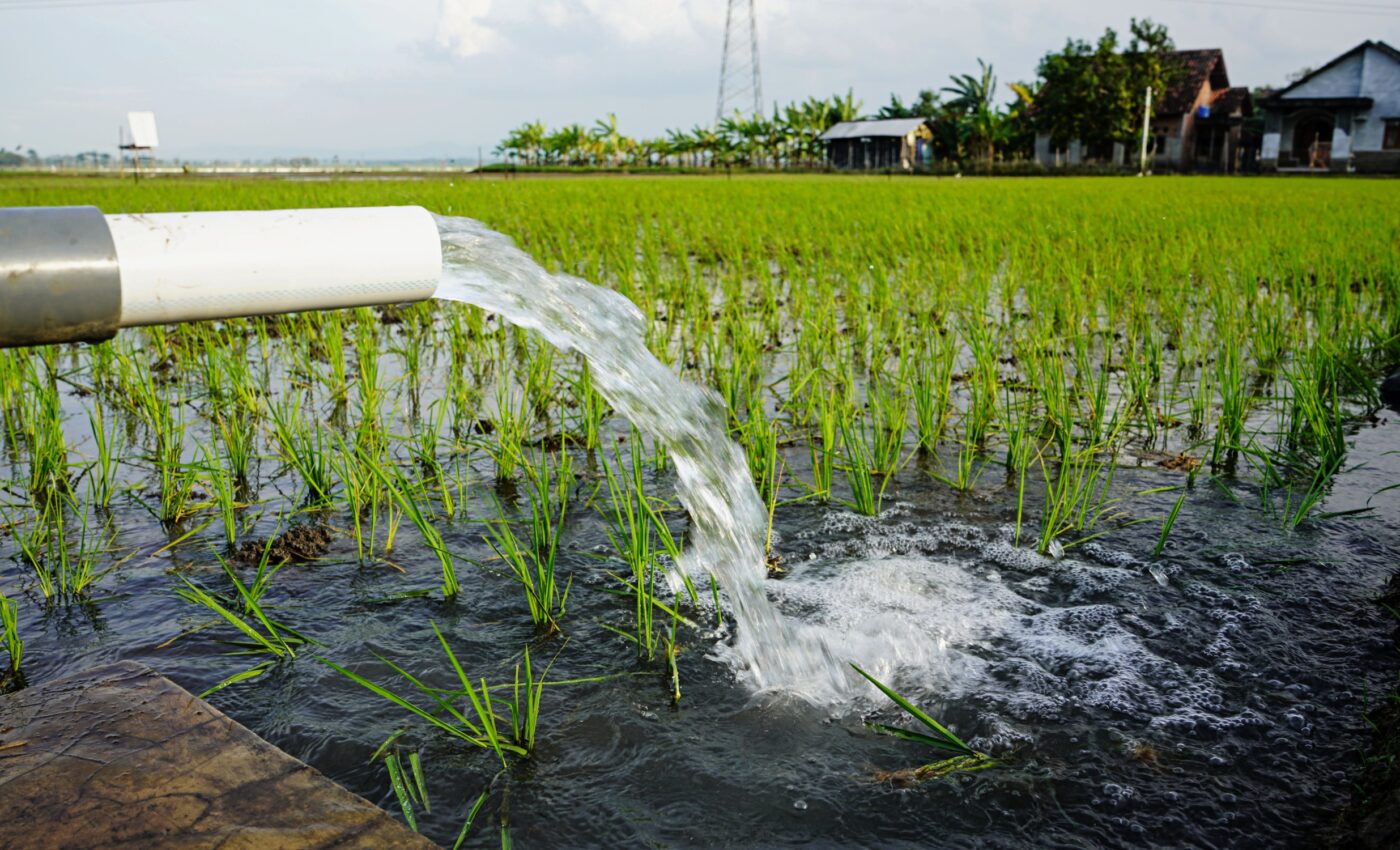
California's farms have a good chance of navigating the water crisis
California is synonymous with sunshine and abundance – its fertile soil and ideal climate make it the nation’s agricultural breadbasket. Here, over a third of the country’s vegetables and nearly three-quarters of fruits and nuts are grown. Yet, a water crisis looms in California.
Declining groundwater levels, exacerbated by a changing climate, threaten the very foundation of this agricultural powerhouse. Drastic measures might be needed – but could smarter farming practices help avoid the worst?
California agriculture and water use
California’s farms are thirsty, consuming a staggering 80 percent of the state’s water used by homes and businesses. As groundwater supplies dwindle, the state is taking action. The 2014 Sustainable Groundwater Management Act (SGMA) aims to make all groundwater basins sustainable by 2040.
To achieve this, groundwater use must be reduced by a hefty 20-50% – a daunting task for a state so reliant on agriculture.
Water usage pattern in California
A recent study out of UC Santa Barbara sheds light on a potential path forward. Researchers combined remote sensing data, machine learning, and a whole lot of data to pinpoint water usage patterns in California’s Central Valley.
Their surprising conclusion? Smaller changes in farming practices could have the same water-saving impact as more drastic measures like switching crops or leaving fields unplanted.
“There’s an opportunity for less obtrusive methods of saving water to be more important than we originally thought,” revealed Anna Boser, the study’s lead author.
It’s not what you grow, but how you grow it
We often assume that certain crops require more water than others. This idea leads to the belief that water conservation in agriculture means either switching crops or leaving fields fallow. However, the recent study reveals that the way farmers manage their land has a huge impact on water usage.
The California study found that bringing the practices of the top 50% of water-using farms down to the average level of their neighbors could save a whopping 10% of the water used by crops. Incredibly, these practice-based savings could rival the water conserved by fallowing the 5% most water-intensive fields.
This changes everything. It means solutions might be less about forcing farmers to make drastic land changes and more about empowering them to use water smarter.
Optimizing farming techniques holds the potential to make a massive difference in water conservation without the potentially negative social and economic effects of switching crops or taking land out of production.
Smarter practices
What are these magic practices? They might not be so glamorous but they work:
- Mulching: Covering the soil with materials like wood chips or straw reduces evaporation, keeping moisture where the plants need it.
- No-till planting: Leaving crop residue on the ground after harvest acts like a natural mulch, conserving moisture and improving soil health.
- Drought-tolerant varietals: Choosing plant varieties bred to thrive on less water makes a big difference.
- Deficit irrigation: Sometimes, giving a crop a bit less water than it technically ‘needs’ can save water without harming yields – or even improve crop quality, as is seen in some vineyards.
- Precision irrigation: Technologies like soil moisture sensors and drip irrigation systems help target water directly to the roots, minimizing waste.
Irrigation efficiency
Yet, a farm might lose up to 60% of its applied water before it gets to the plant roots. This loss can happen through leaky irrigation systems, water evaporating during transport, and weeds using the water instead.
Making improvements to irrigation systems could help. Adopting efficient watering techniques, such as drip irrigation, can also make a big difference. Drip irrigation sends water straight to where plants need it most: their roots. This approach can significantly cut down on water waste.
Working with nature, not against it
California’s water crisis won’t be solved with a single silver bullet. Yet, this study offers a beacon of hope, as co-author Tamma Carleton explained: “This raises the possibility that the state can continue its role as an agricultural powerhouse while also sustainably managing an essential natural resource.”
Through a combination of smarter farming practices, better irrigation technologies, and the potential for some crop switching or land fallowing where necessary, California’s farms have a fighting chance to navigate this crisis.
It’s a testament to the idea that by understanding and working with nature, we can find ways to both feed ourselves and safeguard a precious resource.
The study is published in the journal Nature Communications.
—–
Like what you read? Subscribe to our newsletter for engaging articles, exclusive content, and the latest updates.
Check us out on EarthSnap, a free app brought to you by Eric Ralls and Earth.com.
—–













